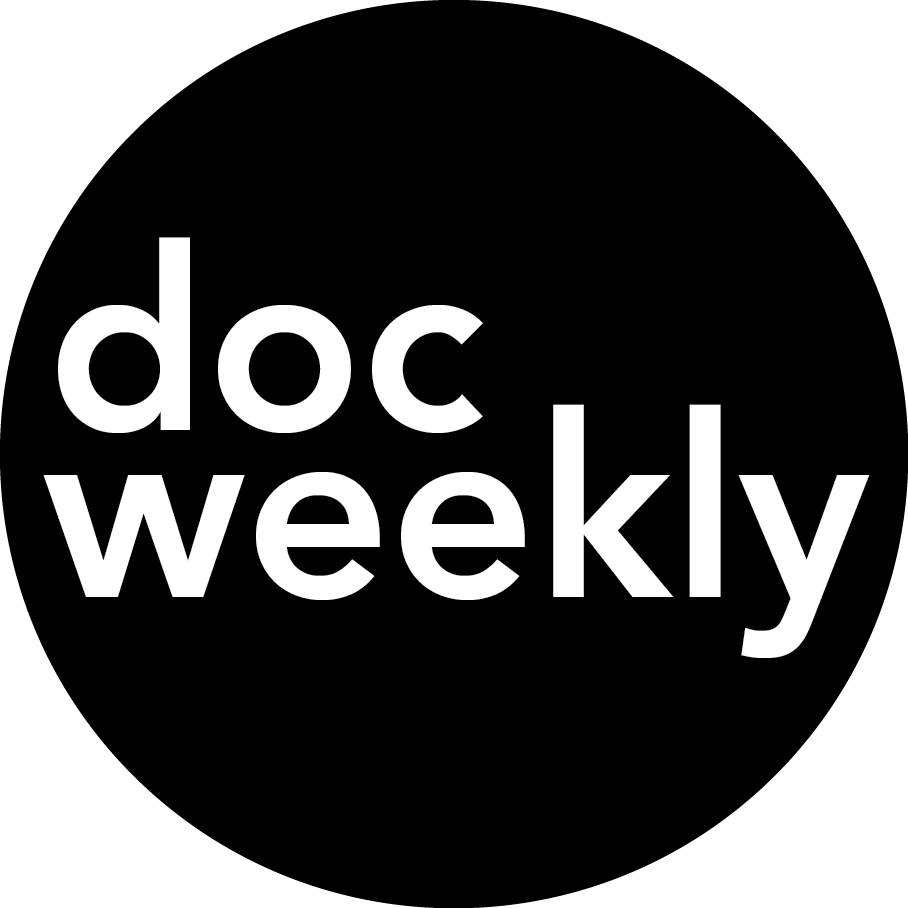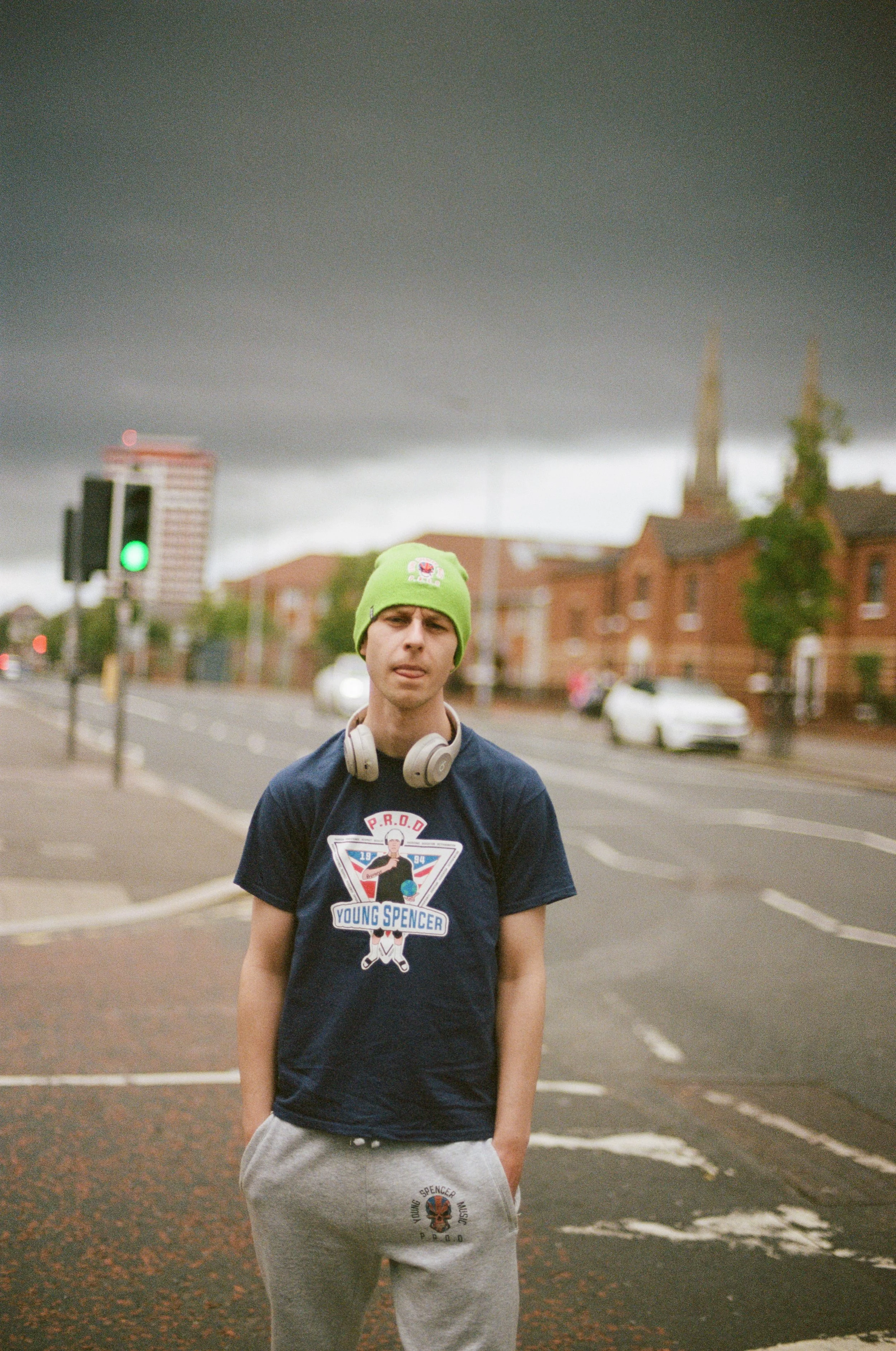'Celtic Utopia' Exclusive Teaser : The Past, Present & Future of “Offensive” Irish Folk Music
Doc Weekly contributor Laoise Murray saw Útóipe Cheilteach (Celtic Utopia) by Dennis Harvey and Lars Lovén ahead of its World Premiere at Locarno Film Festival 2025 today.
In the first scene of Útóipe Cheilteach (‘Celtic Utopia’), a member of The Mary Wallopers - an Irish folk band with a twist - scrambles down the side of a cliff face in a pair of Adidas sneakers.
The simple image of the rugged, Atlantic landscape, unchanged throughout the centuries, now populated by modernity, speaks to the contradictions at the heart of Ireland that directors Dennis Harvey and Lars Lovén work through in the film.
This is not a rigid historical timeline of how Irish folk music became what it is today. Instead, the film, flitting between past and present, gently builds up to the unanswerable questions facing Ireland: what will be our relationship to the Catholic Church? How do we move forward in Northern Ireland? How do we keep a hold of our unique culture in a homogenised globe?
Set against archival footage of céilís (dances) and traditional music are snippets from the present of top-class Irish musicians performing in bleak, surprising settings. These moments of aural purity are its highlight. Music is played in bedrooms, on a bridge in Dublin while a drunk man interrupts to dive into the River Liffey, in an abandoned garden, beside the sea and at a party.
They reflect the essence of folk music, that it is played by ordinary people, for ordinary people, in ordinary places.
Artist Young Spencer
According to the front man of The Mary Wallopers, “for a while there folk music was this weird safe music that’s like everyone’s wearing tweed… But to us, folk is offensive.”
It is easy to see how the humour, political cynicism and poetry evident in this musical culture is the foundation on which Kneecap, Fontaines D.C. and CMAT have built international popular success.
But the styling of the film does not exclude the possibility that some audiences will see it as a glorification of Irish culture and artistry.
Harvey says that he admires the Irish musicians who are “determined to smash the conservative forces which have dominated for so long”. What the film and its musicians neglect to answer (to be fair, it is probably impossible) is from where artists will source material once the conservative forces have been smashed?
The film has four pillars: archival footage, live music, interviews and naturalism. They each serve a distinct narrative purpose and without one of them, it would not be so impactful. Interviews infuse the meaning of performances and vice versa, archival footage creates a sense of depth and naturalistic footage, where the film’s subjects interact with people on the street or are seen living their daily lives, provides comedic and intellectual relief. The camera is not passive in these moments, but interpretative.
The viewer comes to understand the colonial and theocratic heritage in Ireland is a blessing and a curse: it has caused so much pain, but gives artists something to rebel against, to be in opposition to, and therefore guides much of Irish musical and national identity.
It is easier to know what we do not want to be, than what we want to be.
It’s “complicated”, as one interviewee says.
Artist Jinx Lennon
One of the answers may lie in “the border schizo cosmic folk sound” of Jinx Lennon, who lives on the border between the Republic and Northern Ireland. He leans into the chaos, “the hybrid, the nordie sound, the schizophrenic sound of the border” and the songs he produces are like a glass of water on a hot day.
For maximum enjoyment of Lennon’s songs and others in Celtic Utopia, I recommend watching with a good sound system.
Útóipe Cheilteach (Celtic Utopia) World Premiered at Locarno Film Festival 2025 and is produced by Elin Lilleman Eriksson of MDEMC










